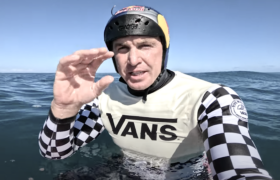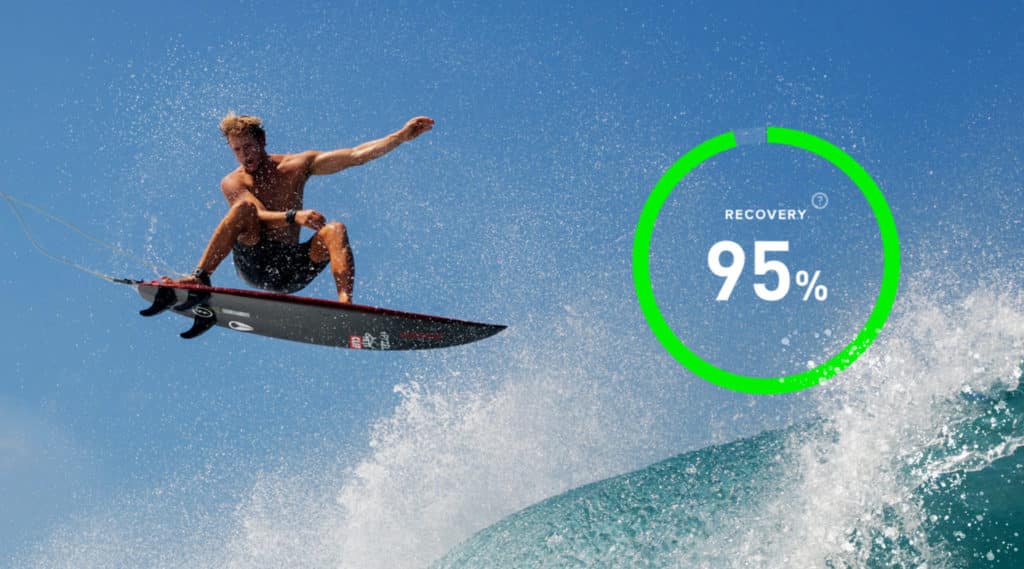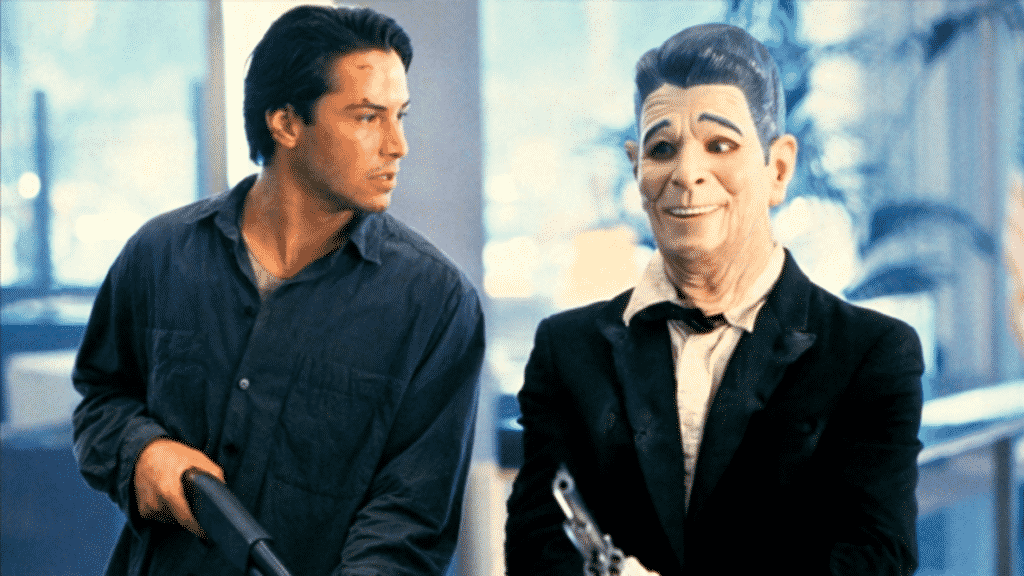Good Republicans dead.
The Golden State of California is a magical place where starlets sprout in Hollywood Hills, butterballs wash up on Malibu beaches, Facebook founders and CEOs e-foil patriotic lakes and the people live in wonderful harmony, all showering in the warmest rain of Papa Gavin Newsom.
Except every ten years a Hunger Games-like phenomena occurs wherein the public is carved into different voting districts and then utter hell breaks loose.
This decade’s edition has seen surfers emerging as a powerful bloc able to drag the entire fortunes of California with it.
Per a just-released report in Bloomberg:
California’s mapmakers will soon decide whether to keep the district as a coastal enclave or to redraw the map so coastal towns are joined with areas further inland. Surfers and other ocean lovers have argued they need to remain in a single district so they can speak with a unified voice in Washington. The seemingly nonpartisan issue could help shape the political future of Orange County, a traditional Republican stronghold where Democrats have been making gains.
To combat gerrymandering, California and six other states have taken the job of redrawing congressional boundaries out of the hands of partisan legislators and given it to independent panels. The state requires the panels to group together communities with shared social and economic interests. But such “communities of interest” are often proxies for partisanship, especially as the U.S. becomes increasingly polarized along lines of income, education, and race. And defining them can be subjective and fraught with controversy.
In Orange County, which hugs the Pacific just south of Los Angeles, some residents say that keeping coastal neighborhoods together would help promote the vital tourism that surfing brings and the lifestyle that goes with it.
And later…
Huntington Beach, with a population of 198,711, brands itself as Surf City USA (the moniker prompted a trademark dispute with Santa Cruz, six hours to the north; Huntington Beach prevailed in 2006). It’s home to Boardriders Inc., which includes the Quiksilver, Billabong, and Roxy brands of boards and apparel, and the surf forecasting company Surfline\Wavetrak Inc., as well as dozens of retail surf shops, the annual U.S. Open of Surfing, and the Surf Walk of Fame.
Surfing historian Scott Laderman says that while issues like coastal preservation and beach access can galvanize surfers, there’s not much else that unites them politically. “Looking historically at the surfing community, they tend to be an apolitical bunch,” says Laderman, author of Empire in Waves: A Political History of Surfing. “Most surfers will tell you that’s what they like about it—it allows them to transcend the everyday concerns that they might otherwise have to deal with and escape the social, economic, political turmoil of the outside world.”
But there are commonalities that have little to do with recreation, Laderman notes. “These tend to be overwhelmingly White, upper-middle-class areas,” he says. “There’s this localist strain that if this beach is in my neighborhood, then I have rights to the wave that other people don’t have. And that localist strain tends to be a very White, privileged one. It’s probably easier from a redistricting point of view to identify that as a surfing community of interest than a White, wealthy community of interest. That probably wouldn’t fly very well.”
Before putting the whole business into greater context…
It’s not unheard of for districts to coalesce around local industries. Coal mines in western Pennsylvania, oil refineries along the Gulf of Mexico, and tourism in central Florida have all been used to draw legislative maps. Still, Orange County’s surfers will have to compete with other interests.
Before ending with a banger.
“This was the place where Ronald Reagan said good Republicans came to die,” Smoller, the political scientist, says. “Now I think Orange County doesn’t know what it is—it just knows it doesn’t want to be Los Angeles. They want to retain their separateness, but they’re holding on by their fingertips because, like the rest of the country, it’s going to be majority minority.”
California surfers: Good Republicans dead.
Very Halloween, no?







